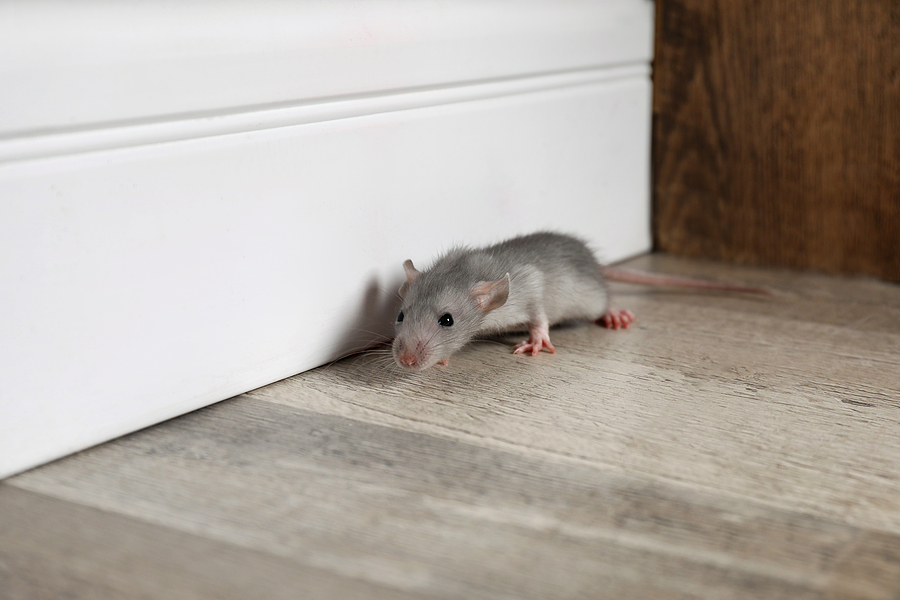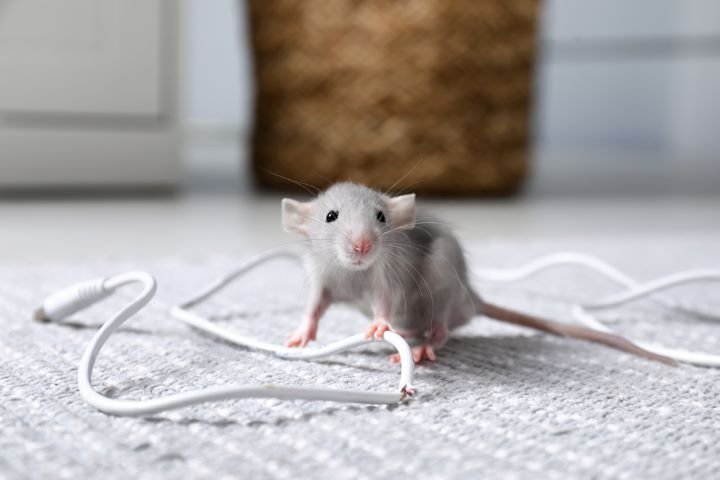Easy Pest Prevention Steps for Homeowners: Your Guide to a Pest-Free Home
Share
Let's face it, pests are more than just an annoyancethey can cause significant damage to your home and pose serious health risks to your family. Fortunately, there are easy pest prevention steps for homeowners that can help you keep these unwelcome guests out of your house. Understanding how to prevent pests naturally and efficiently is the first step toward maintaining a safe and comfortable living environment.

Why Pest Prevention is Crucial
Preventing pests is essential not only for keeping your home clean and comfortable but also for safeguarding it against damage. Termites can destroy the structural integrity of your house, while rodents can chew through wires and insulation. Additionally, pests such as cockroaches and ants are notorious for carrying bacteria and diseases into your home. To learn more about why pest prevention is vital, you can check out home maintenance for pest entry prevention.
Identifying Common Household Pests
Knowing your enemy is key to successfully preventing them! Common pests that invade homes include:
- Rodents: Mice and rats are known for causing structural damage and carrying disease.
- Termites: They can cause significant damage to wooden structures.
- Ants: These pests can invade homes searching for food.
- Cockroaches: Known for spreading bacteria and triggering allergies.
Identifying these pests early on is crucial for effective control. If you're looking to expand your knowledge even further, read about different DIY pest control strategies.
Step 1: Secure Possible Entry Points
Start by conducting a thorough inspection of your home to identify potential entry points. Check for cracks and gaps in windows, doors, and the foundation. Seal any holes with caulk or weather stripping to keep pests out. This is one of the easiest and most effective steps in pest prevention for homeowners.
Door and Window Maintenance
Ensure all windows and doors fit tightly within their frames. Use weather stripping and door sweeps to block off any gaps that pests could exploit to enter your home. For more tips on maintaining entries to prevent pest intrusion, visit keeping wildlife out of your home.
Step 2: Eliminate Standing Water
Standing water acts as a magnet for pests, particularly mosquitoes. Check your property for any water accumulations such as clogged gutters, leaky faucets, or drainage issues. Another effective tactic is ensuring your yard has proper drainage to prevent stagnant water from collecting.
Step 3: Maintain a Clean Kitchen
The kitchen is a prime target for pests searching for food. Keeping your kitchen clean is an essential step in pest prevention. Ensure that crumbs and spills are cleaned up promptly, and that food is stored in airtight containers. Regular cleaning can significantly reduce the chances of an infestation.
Step 4: Regular Yard Maintenance
Your yard plays a significant role in pest prevention. Keep grass trimmed and remove debris and clutter where pests can hide. It's also beneficial to keep trees and shrubs pruned and away from your home's exterior, preventing an easy path for bugs to enter your house. Learn more about comprehensive yard maintenance strategies at Pest Control Tips.
Step 5: Routine Pest Monitoring
Set up a schedule to routinely inspect your home for signs of pests. Look for droppings, nests, or gnaw marks. Regular monitoring allows you to spot potential problems early and take action before they become serious infestations.
Advanced Monitoring Techniques
Consider using technology like AI-powered traps to detect pest activity in your home. These smart devices offer real-time data and alerts on pest presence, enhancing your prevention efforts. For more information on smart pest detection, check AI-powered pest detection.
Step 6: Natural Pest Deterrents
There are many natural deterrents that can help keep pests at bay. Essential oils like peppermint or eucalyptus can be effective against insects, while diatomaceous earth is a non-toxic option for deterring crawling pests. For more eco-friendly pest control options, visit pest control in your home.
Conclusion
Implementing these easy pest prevention steps for homeowners can significantly reduce the risk of a pest infestation in your home. From sealing entry points to using natural pest deterrents, these strategies offer a holistic approach to maintaining a pest-free environment. With regular effort and vigilance, you can ensure the comfort and safety of your home.

FAQ
- What are common indicators of a pest problem? Signs include droppings, gnaw marks, nests, and sightings of pests such as rodents or insects.
- How often should I check for pests? Regular monitoring, such as monthly inspections, is recommended to catch signs of infestation early.
- Are natural pest control methods effective? Yes, many natural methods such as using essential oils or diatomaceous earth can be effective in preventing pests.
This article contains affiliate links. We may earn a commission at no extra cost to you.
